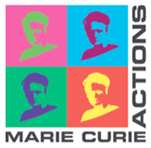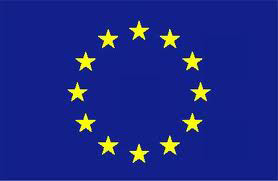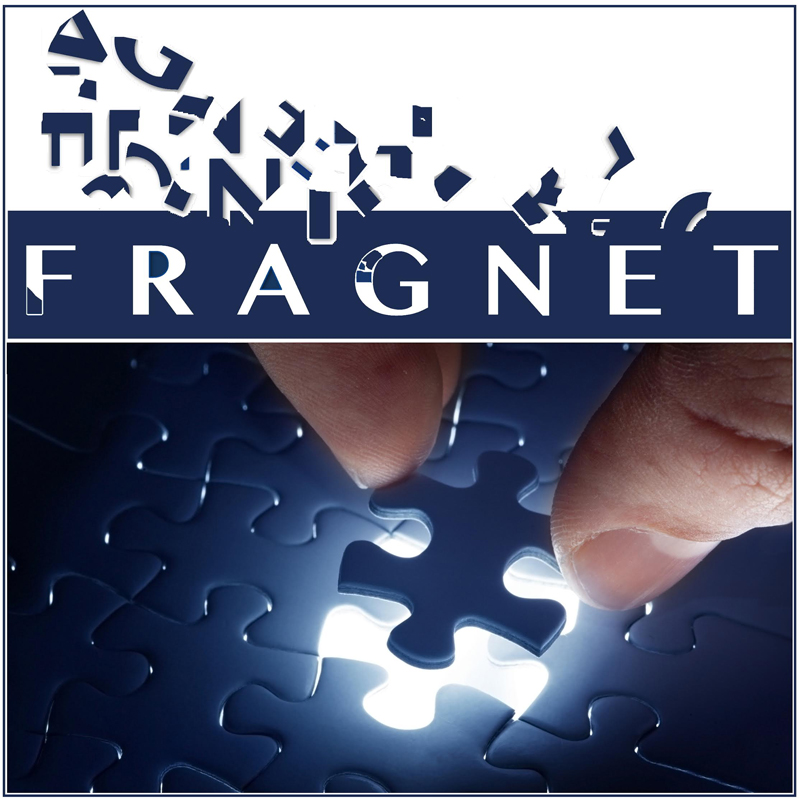ESR12: Covalent fragments to activate industrial enzymes
Host: University of York, UK
Academic supervisors: Prof. dr. Peter O’Brien and Prof. dr. Rod Hubbard (University of York)
Researcher: Eleni Makraki
Download the full description of this project: ESR12: Covalent fragments to activate industrial enzymes
Covalent fragments to activate industrial enzymes
Fragment-based ligand discovery (FBLD) has been widely used to identify selective small organic molecules that inhibit protein activity, either inhibiting the catalytic action or disrupting a protein-protein interaction. However, there has been very little reported on the use of FBLD to identify activators of enzyme activity.
The phenomenon of activation is well established for receptors. There are relatively few examples of naturally occurring small molecules that activate enzymes.The York laboratory has recently demonstrated that small fragments can increase the activity of the glycoside hydrolase, BtGH84 [1] which were subsequently engineered to bind covalently to the enzyme and give further increased activity [2].
In this project we are using fragment methods to identify fragments that activate industrial glycoside hydrolases, a class of enzymes used industrially in cellulose degradation. Low activity has been considered as one of the main limiting steps in the process.

Figure 1. 4MU-GlcNAc cleavage assay Michaelis -Menten plotfor TrBgl2 in the absence and presence of the initial hit.
A fragment screen of a library of 560 commercially available fragments using a kinetic assay identified a small molecule activator of the fungus glycoside hydrolase (TrBgl2) (Figure 1). An analogue by catalogue approach was used to identify improved compounds which result in approximately up to 2-fold increase in maximum activation and behave as nonessential activators increasing the Vmax(Vmax= maximum rate of reaction) and decreasing the KMvalue. The activators showed no activation of the related bacterial glycoside hydrolase CcBglA demonstrating that the effect is specific.
Interestingly, a fragment analogue of the initial hit appears to inhibit both TrBgl2 and CcBglA through a mixed-model mechanism.
The activators appear to stabilize the TrBgl2-substrate complex -productive conformation- leading to enhanced activity of TrBgl2 while the inhibitor appear to destabilize the TrBgl2-substrate complex -non-productive conformation- leading to inhibition.
The actual mechanism of activation is being investigated and will suggest where to covalently tether the activator to constitutively activate the enzyme.
Key publications:
- Darby et al. Angewandte Chemie, 2014, 53, 13419-13423
- Darby et al. Chemical Science, 2017 , 11, 7772-7779
Other projects
- ESR1: 3D Fragments with small aliphatic rings – David Hamilton
- ESR2: Novel 3D fragments – Hanna Francesca Klein
- ESR3: Warhead Library of Covalent Fragment Binders – Aaron Keeley
- ESR4: Development of FBLD techniques for Intrinsically Disordered Proteins – Darius Vagrys
- ESR5: Biophysics Based FBLD – Sébastien Keiffer
- ESR6: FBLD experimental methods – Edward Fitzgerald
- ESR7: Understanding PDE binding kinetics – Pierre Boronat
- ESR8: Virtual Screening of Fragment Libraries of Covalent Binders – Andrea Scarpino
- ESR9: Fragment evolution platform – chemical navigation – Moira Rachman
- ESR10: Fragment evolution platform – molecular simulations – Maciej Majewski
- ESR11: Fragment-based approaches to identify novel PPI inhibitors – Lorena Zara
- ESR12: Covalent fragments to activate industrial enzymes – Eleni Makraki
- ESR13: Fragment-based assessment of new antibiotic target – Bas Lamoree
- ESR14: Targeting allosteric pockets with FBLD – Lena Münzker
- ESR15: Science, Business & Innovation in the pharmaceutical sciences – Angelo Kenneth Romasanta
Contact details
Please contact us at:
info@fragnet.eu
FRAGNET Coordinator
VU University Amsterdam
The Netherlands
Funded by
 Marie Curie Actions
Marie Curie Actions
 EU Horizon 2020
EU Horizon 2020
 European Union
European Union

